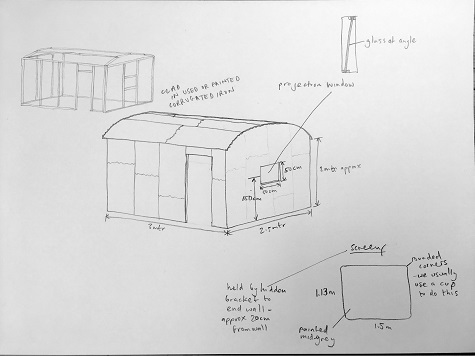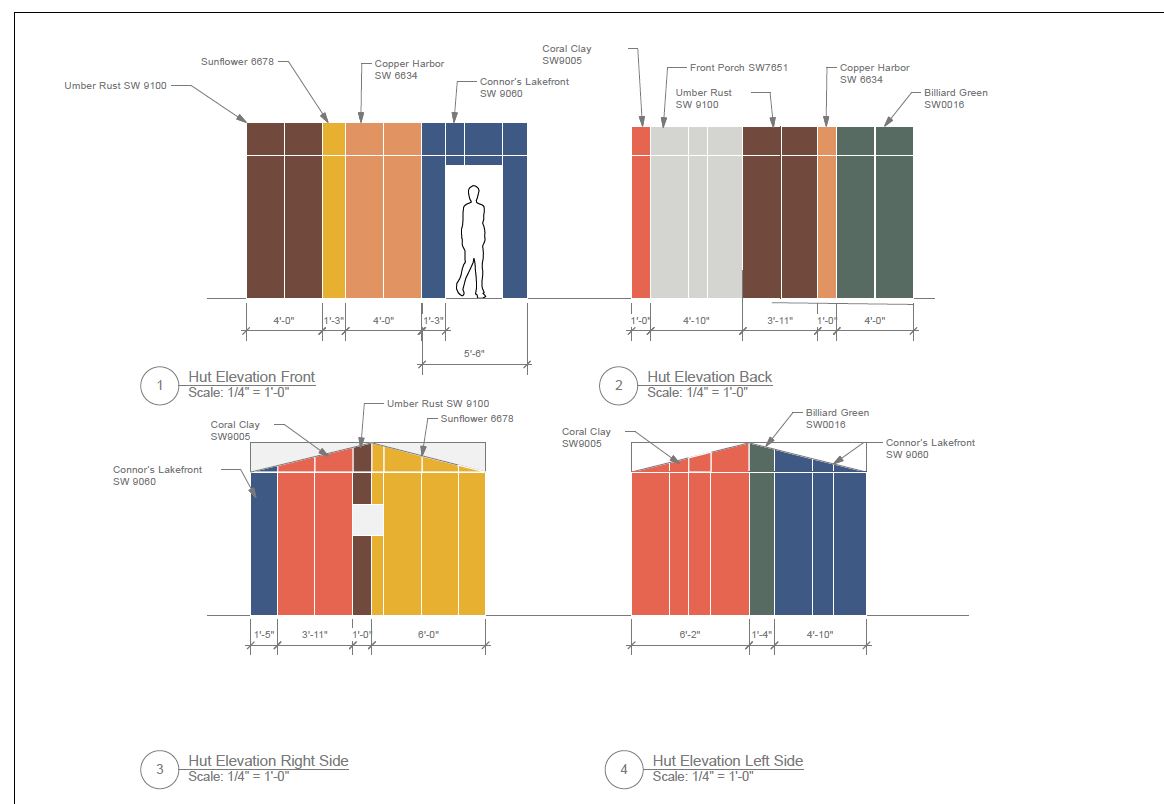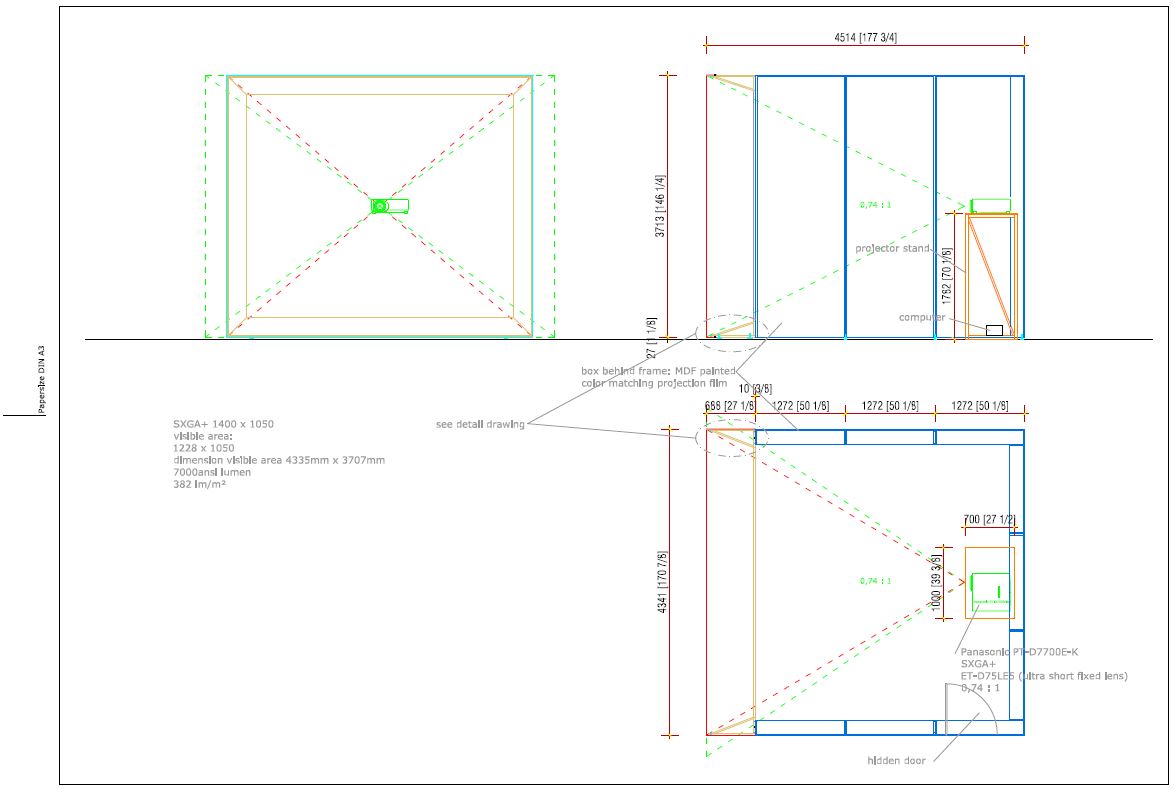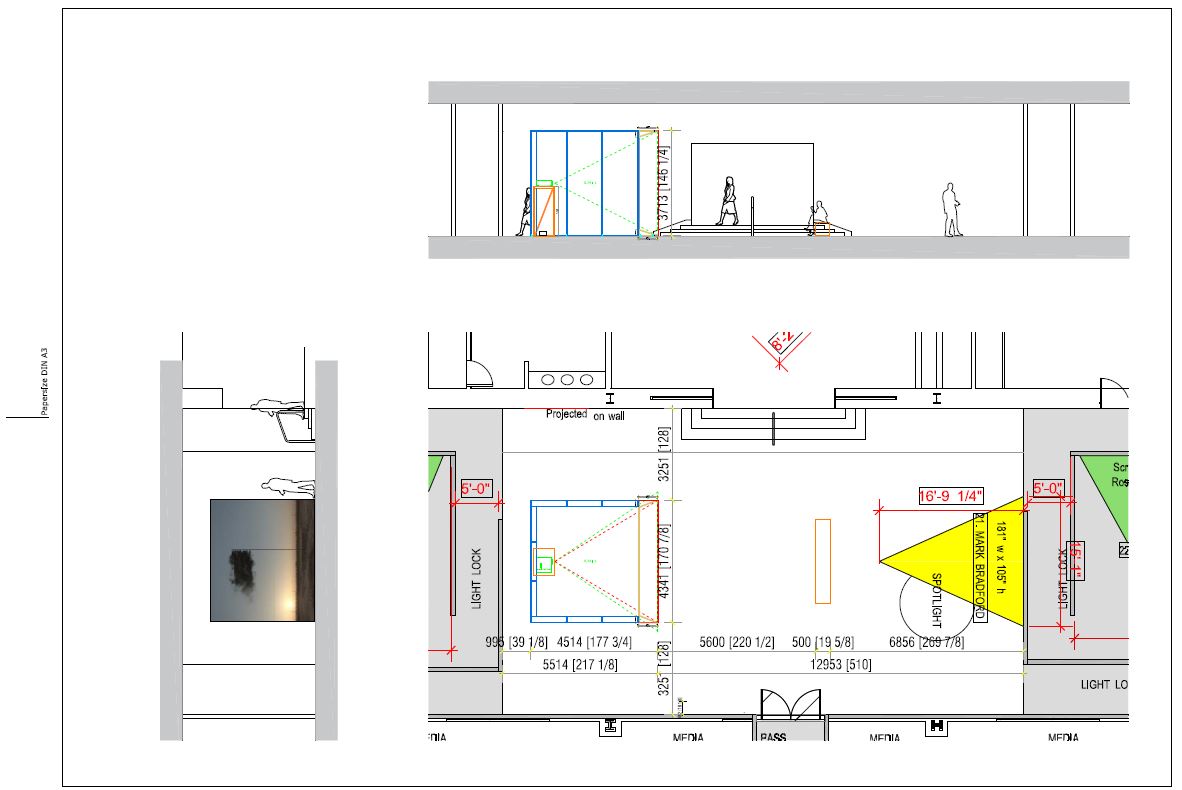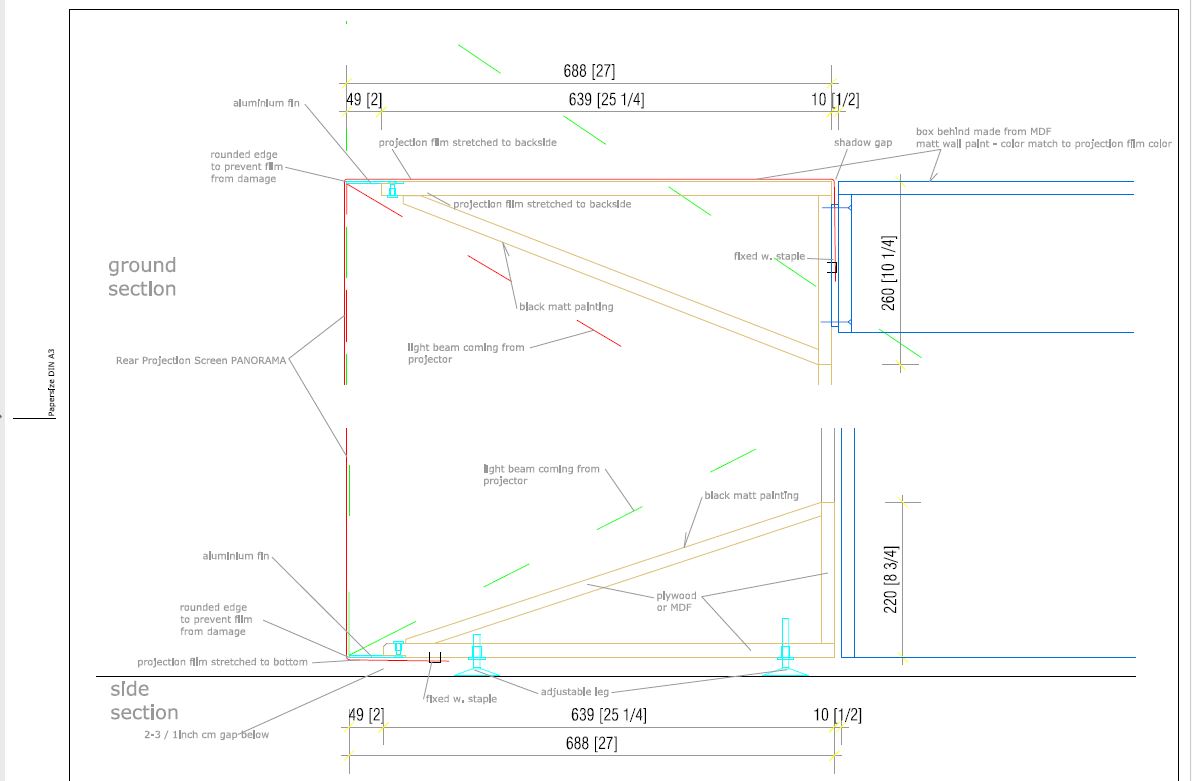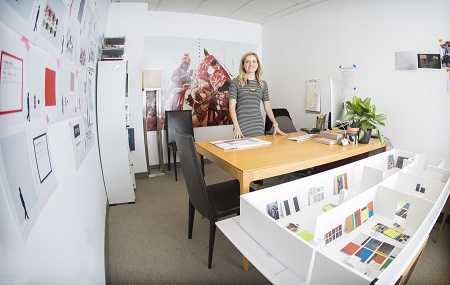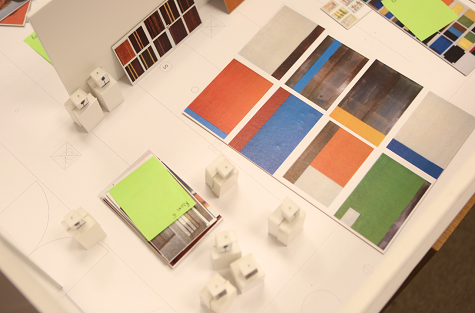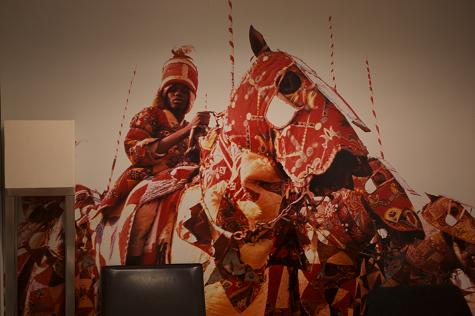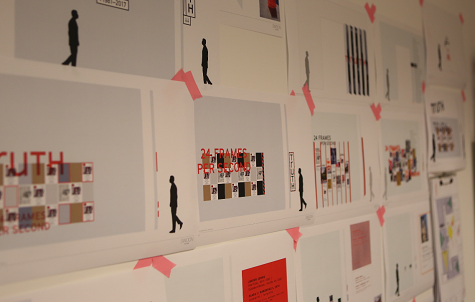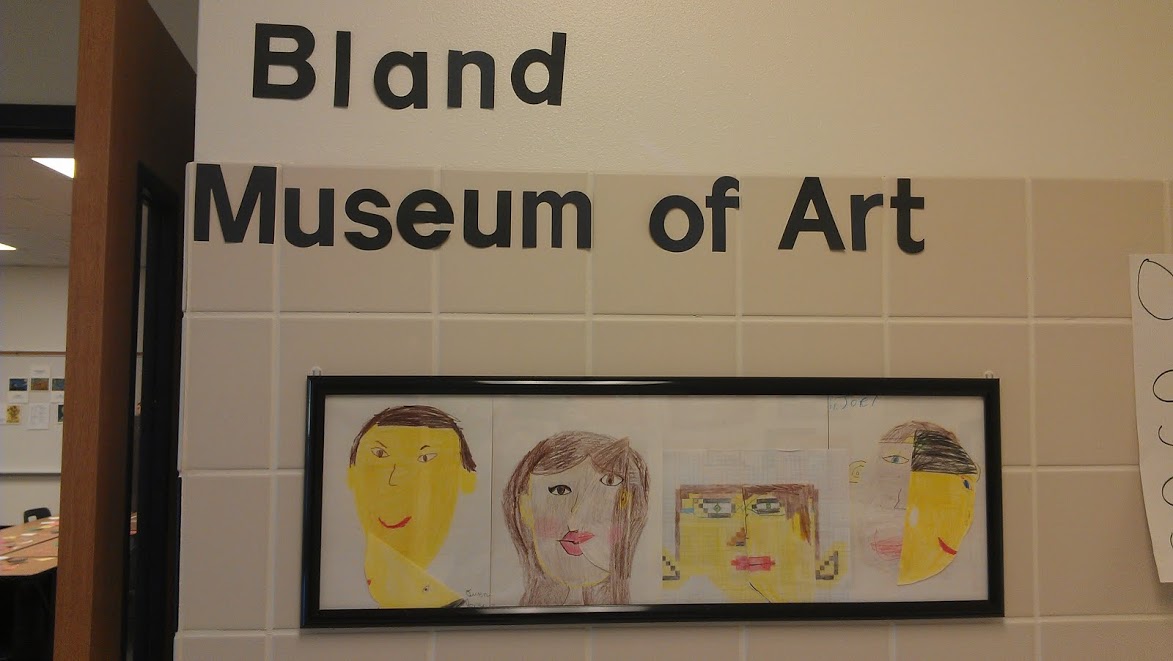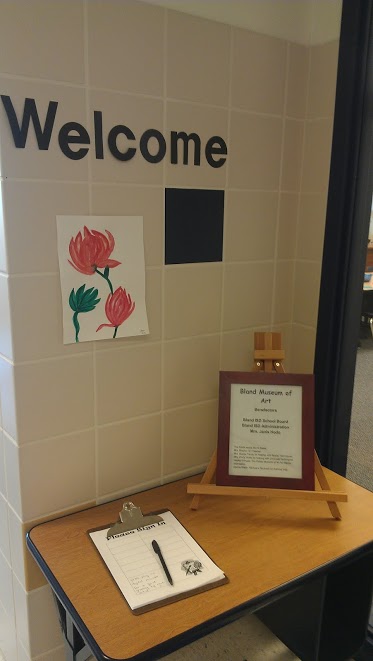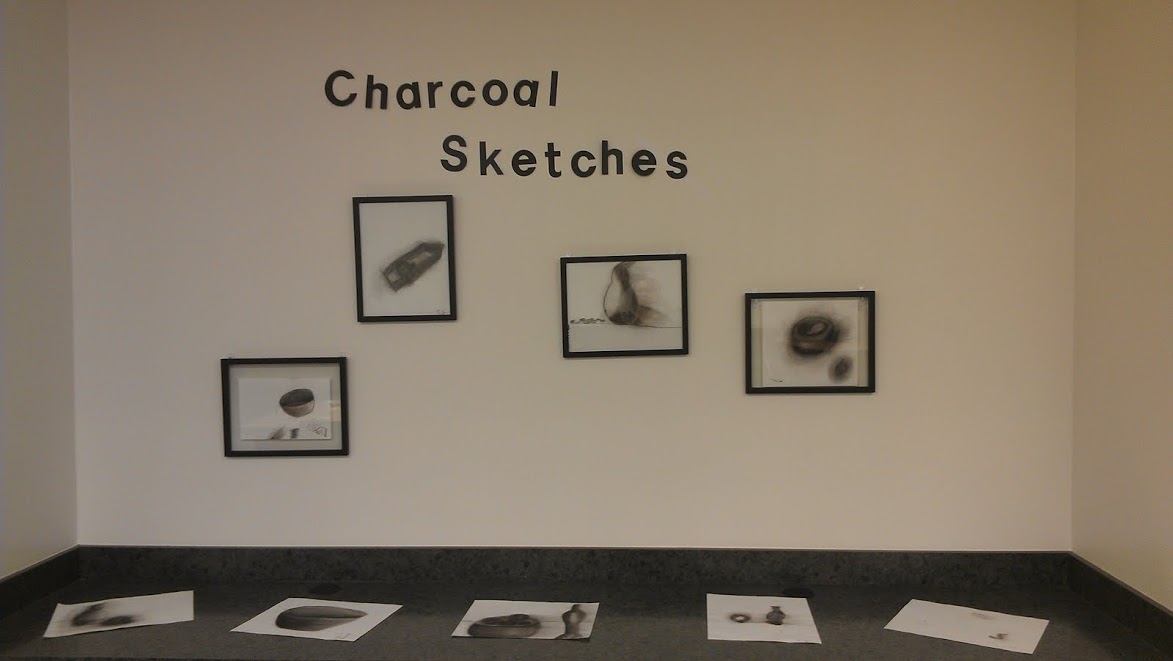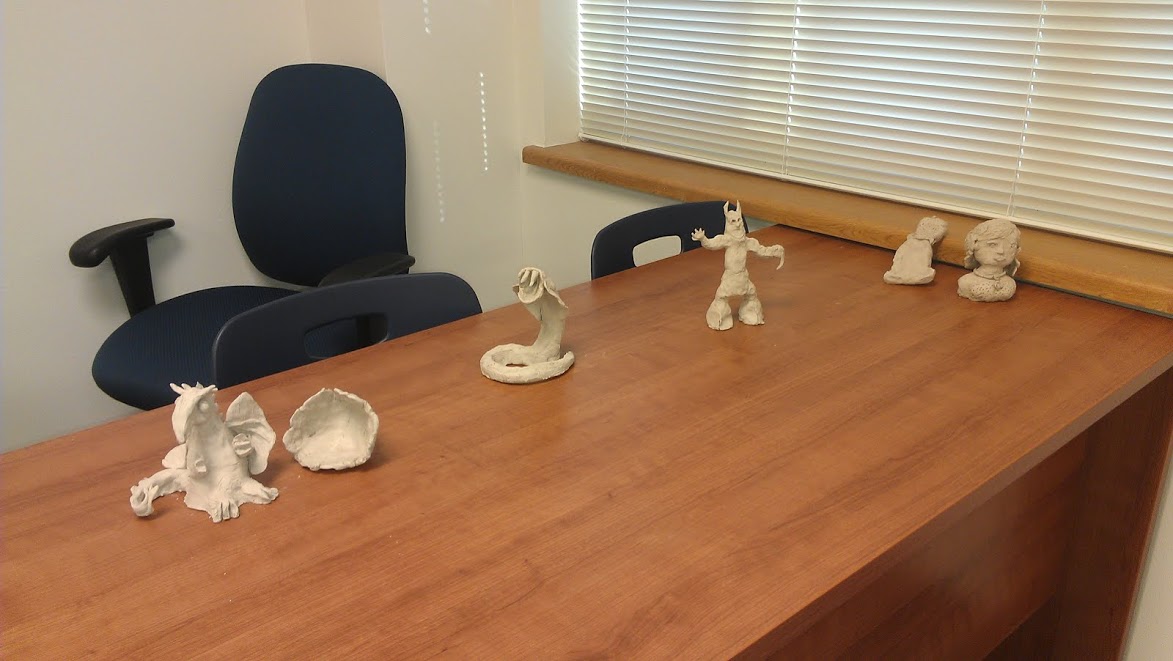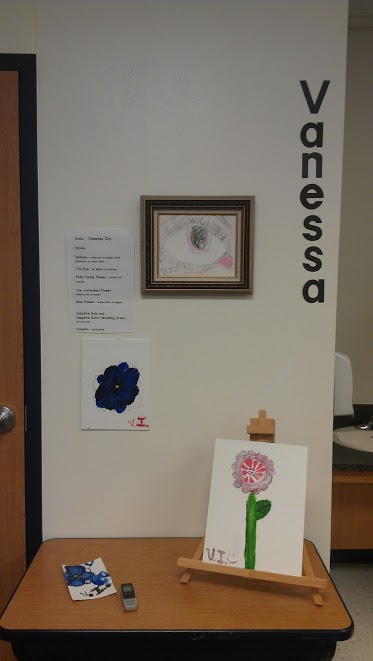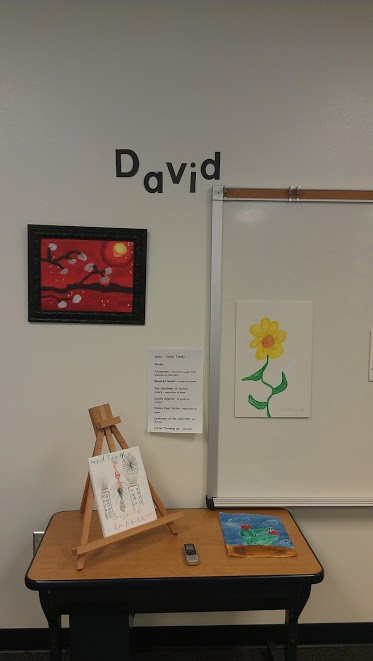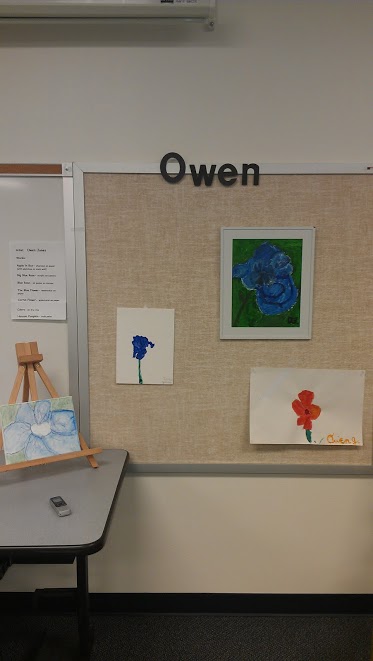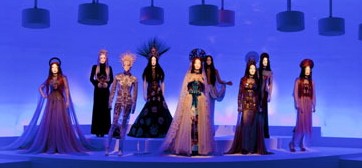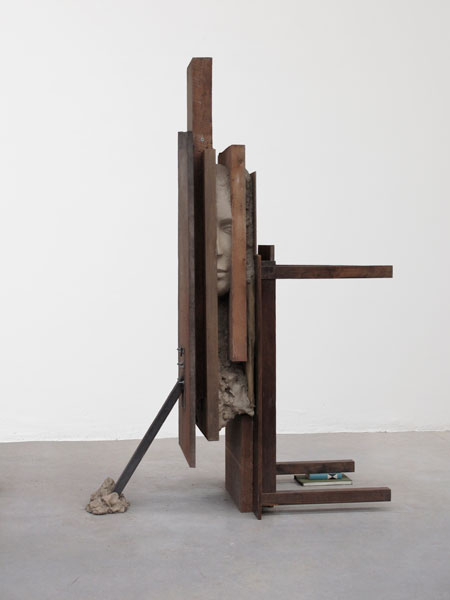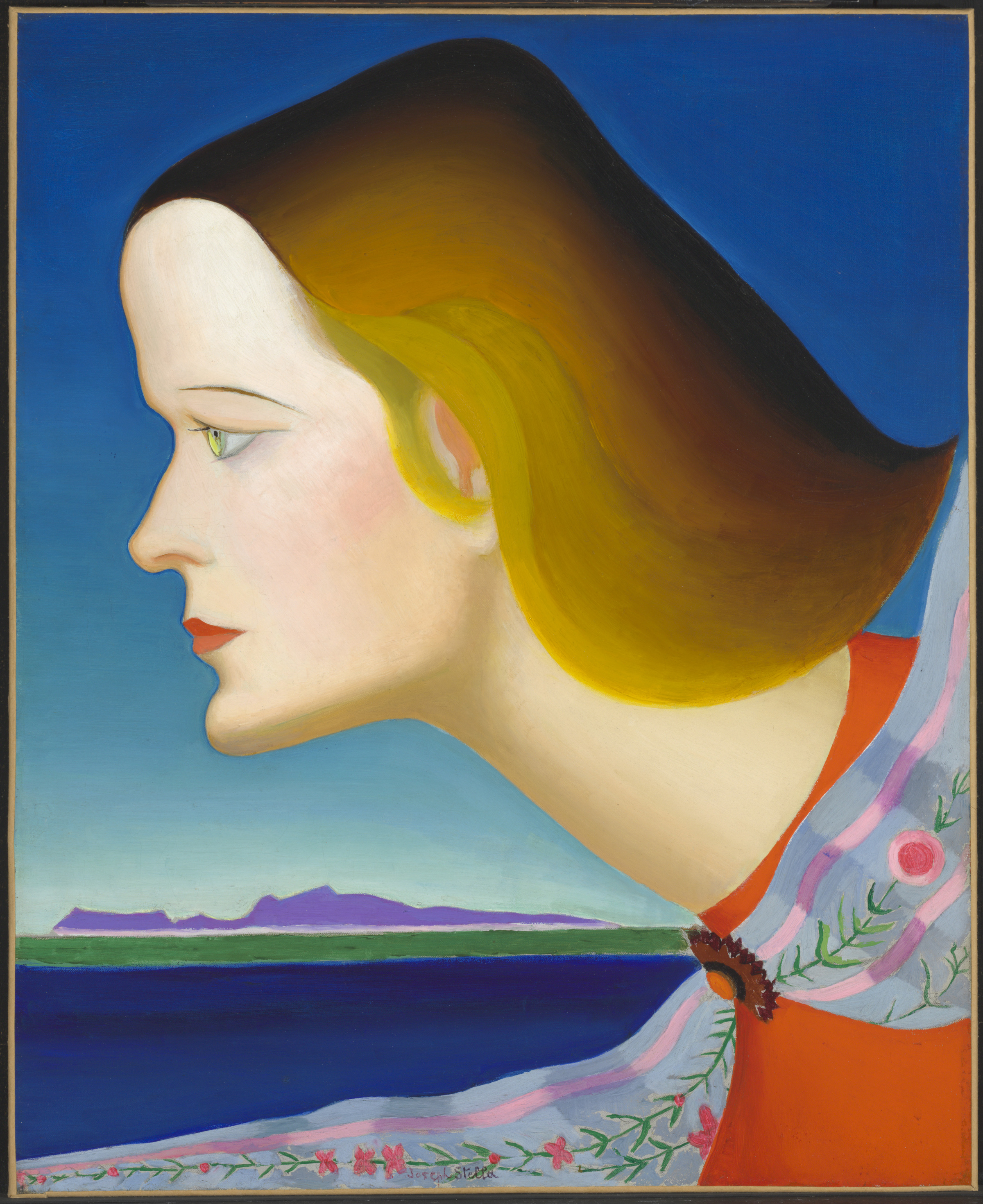Wow, what a weird world we are living in!
I want to start by saying how much we miss our visitors. We can’t wait to be able to return to the Museum so that we can continue to create the exhibitions and experiences we’ve all been dreaming about. In the meantime, I want to tell you a little bit about how the Design and Interpretation team at the DMA uses empathy to center our processes and thinking around you, our visitors.
Historically, museum design teams were trained to use an object-centered aesthetic approach, which prioritized object safety and making exhibitions pretty. Over the past 10 to 15 years, however, the way we think about design in a museum has changed. DMA designers place visitors at the center of our thinking and apply an experience- and needs-based approach.

The DMA put this idea into practice by creating the department of Design and Interpretation in 2018. The idea was to create a collaborative creative team that places content and the visitor at the center of our processes of creating exhibitions and museum experiences. Our goal is to create rich, dynamic, and engaging experiences that our visitors can explore in deep and meaningful ways. Throughout our planning process, we consider how visitors will use, navigate, and interact with our spaces. Through visitor studies and evaluation, we research and learn about human behavior. We study subjects like environmental psychology, multiple learning types, and how people perceive and process information. We discuss differences in mobility and sensory sensitivity as we strive to be welcoming and accessible for all. We plan for families and groups of various sizes and types. And we have worked very hard toward our goal of providing inclusive experiences for broad audiences, such as creating bilingual and more accessible exhibition content, and working with our education team to expand our offerings that address special needs audiences. A recent example of this is when we provided noise-canceling headphones, “doodle” instructional signage, and braille booklets developed for the exhibition speechless: different by design.

Now, more than ever, this visitor-centered approach to design and interpretation is extremely important in how we are thinking about upcoming museum experiences. We are researching, learning, and planning for the evolving needs and behaviors of our visitors in the post-pandemic world. We are thinking about how we can address fears and how we can hold a space for complex feelings; we want to ensure that our facilities are prepared and our content remains relevant, relatable, and meaningful.
We understand that humans need ways to express, connect, and process the myriad of emotions elicited by the world in which we find ourselves, and we at the DMA are uniquely equipped to provide our visitors with tools and experiences that can help. Whether it is giving visitors encouragement to express ideas, feelings, and fears through independent activities, or creating experiences that allow our visitors to connect deeply and meaningfully with artists and artwork, we hope to meet the wide range of needs exposed by this global health crisis.
Jessica Harden is the Director of Design and Content Strategy at the DMA.
